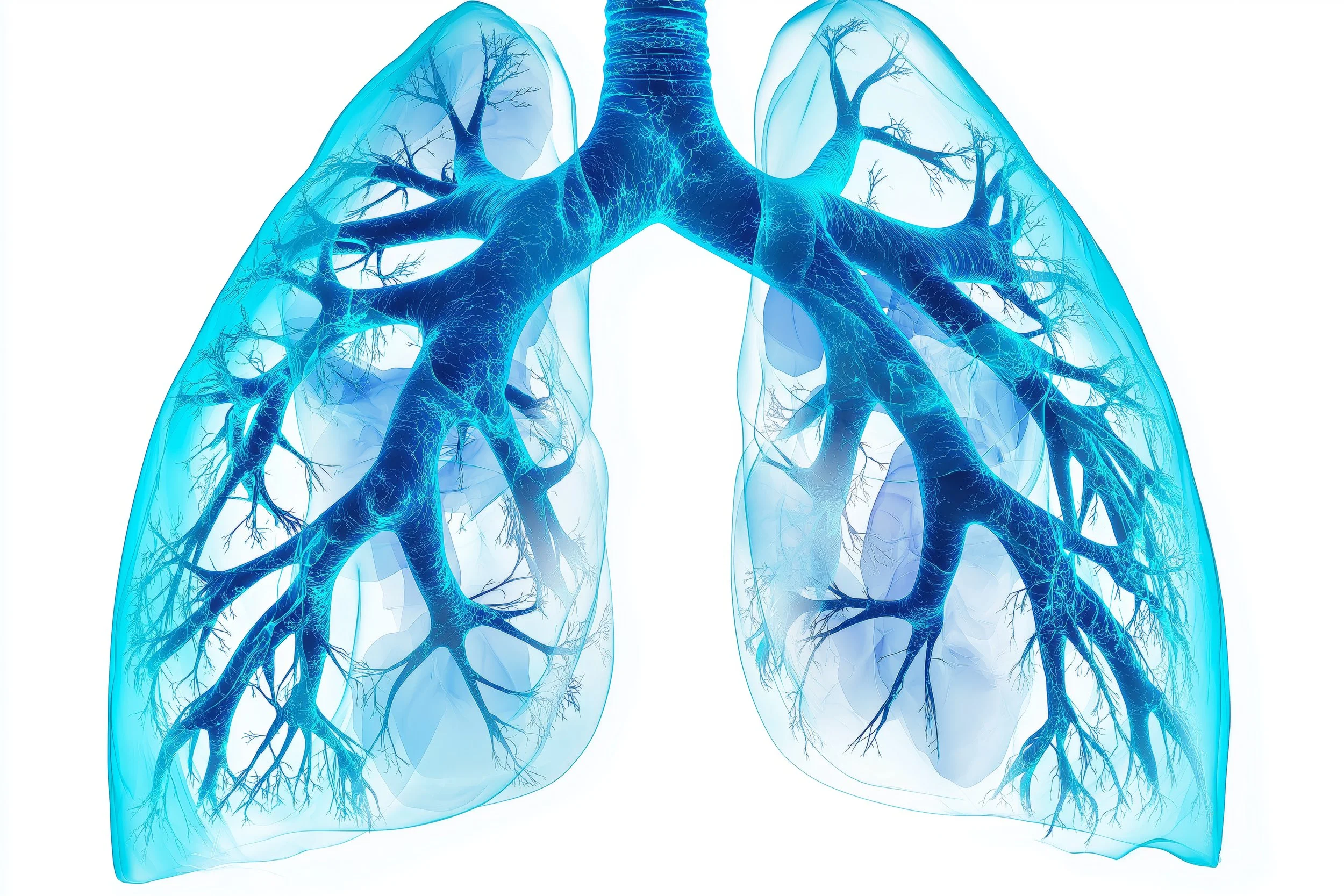In Silico Trials: Transforming Medical Device Development Through Digital Innovation
The medical device industry is experiencing a paradigm shift. With regulatory pathways becoming increasingly complex and development costs escalating—often exceeding $94 million for high-risk devices—manufacturers are seeking innovative approaches to streamline their path to market. In silico trials are emerging as a game-changing solution, offering unprecedented opportunities to optimize medical device design, validate performance, and accelerate regulatory approval.
What Are In Silico Trials for Medical Devices?
In silico trials for medical devices represent the digital simulation of device performance using computational models that replicate human anatomy, physiology, and pathophysiology. These sophisticated simulations enable manufacturers to test device functionality, safety, and efficacy in virtual environments before conducting traditional bench testing or human studies.
The beauty of this approach lies in its ability to account for the mechanical interactions, biocompatibility concerns, and device-tissue interfaces that make medical device development so uniquely challenging. Unlike pharmaceutical in silico trials that focus on drug metabolism and pharmacokinetics, device simulations must grapple with the complex dynamics of how hardware performs within the human body.
The FDA’s Evolving Stance on Digital Evidence
The regulatory landscape has transformed dramatically over the past few years. The FDA’s 2021 guidance on “Reporting of Computational Modeling Studies in Medical Device Submissions” marked a watershed moment, formally recognizing in silico evidence as acceptable for regulatory decision-making. This wasn’t just a bureaucratic update—it represented a fundamental shift in how regulators view digital innovation.
The Medical Device Development Tools program has created a pathway for qualifying computational models as regulatory-grade tools that multiple sponsors can use. The VICTRE breast imaging simulation study serves as a compelling example—FDA accepted this virtual clinical trial as evidence supporting imaging device performance, effectively replacing a traditional clinical study. Meanwhile, the Digital Health Center of Excellence continues to streamline digital health technologies, with emerging parallels to Model-Informed Drug Development (MIDD), particularly in combination products where pharmacological and mechanical models intersect.
Real-World Applications That Are Changing Everything
Consider what’s happening in cardiovascular device development. Engineers are using computational fluid dynamics models to simulate blood flow patterns around stents, predicting areas where restenosis might occur and optimizing strut geometry accordingly. The result? Better patient outcomes and fewer revision procedures.
In transcatheter aortic valve replacement, virtual testing helps predict paravalvular leak and optimal sizing across diverse patient anatomies. Rather than relying solely on limited bench testing or small pilot studies, manufacturers can now explore thousands of anatomical variations digitally. Pacemaker developers are using similar approaches to guide optimal lead placement while minimizing complications and maximizing device longevity.
The orthopedic sector has embraced these technologies with particular enthusiasm. Finite element analysis now routinely predicts stress distribution and wear patterns in joint replacements, informing everything from material selection to design modifications. Bone healing simulations predict how different implant configurations affect remodeling processes, while patient-specific planning tools use individual imaging data to optimize surgical outcomes.
Neurological devices present perhaps the most fascinating applications. Deep brain stimulation developers use computational models to predict optimal electrode placement and stimulation parameters for conditions like Parkinson’s disease. In epilepsy treatment, simulations model seizure propagation patterns to predict optimal responsive neurostimulation strategies.
The Statistical Challenges We Face
As biostatisticians working in this space, we encounter unique validation challenges that don’t exist in traditional clinical trial design. Model verification requires us to ensure that computational models correctly implement their intended mathematical representations through code verification, mesh convergence studies, and numerical accuracy assessments.
Model validation proves even more complex, demanding that we demonstrate accurate representation of real-world phenomena through comparison with experimental data, clinical outcome correlation, and sensitivity analysis across parameter ranges. This aligns with FDA’s three-pillar model assessment framework and standards like ASME V&V 40, which provide structured approaches to verification and validation of computational models used in medical applications. The uncertainty quantification alone involves managing model parameter uncertainty from variability in material properties and anatomical parameters, model structure uncertainty from mathematical limitations, and numerical uncertainty from computational approximations. FDA’s Credibility Assessment Framework provides guidance on how these uncertainties should be evaluated based on model risk categorization—whether the computational model presents low, moderate, or high risk to regulatory decision-making.
When designing virtual experiments, we must apply proper experimental design principles including power analysis for appropriate virtual sample sizes, randomization for representative virtual patient populations, and careful control of patient-specific confounding variables in simulations.
Navigating the Regulatory Maze
Successful integration of in silico evidence demands careful regulatory planning from the outset. Early FDA engagement through Q-Sub meetings helps establish the acceptability of proposed computational approaches, required validation evidence, and strategies for integrating with traditional testing methods.
The reality is that in silico trials rarely replace traditional studies entirely. Instead, they reduce sample sizes in subsequent clinical studies, optimize study design through virtual patient screening, support safety margins through worst-case scenario modeling, and enable personalized approaches through patient-specific simulations.
The Challenges Nobody Talks About
Despite their promise, in silico trials face significant hurdles. High-fidelity models require substantial computational resources, creating trade-offs between accuracy and efficiency. Multi-scale modeling attempts to integrate molecular, cellular, tissue, and organ-level phenomena, but the computational complexity can become overwhelming.
Regulatory acceptance remains inconsistent, with ongoing efforts to establish consensus standards for model validation, the need for extensive reviewer training in computational modeling assessment, and challenges in achieving global harmonization for international acceptance. While FDA has made significant strides in accepting computational evidence, the EU MDR and EMA have not fully caught up to this level of acceptance, creating regulatory complexity for global device manufacturers. The International Medical Device Regulators Forum (IMDRF) continues working toward global harmonization of these approaches.
Perhaps most critically, these approaches demand high-quality training data and extensive validation datasets. Ensuring virtual populations represent real-world diversity while obtaining sufficient data for validating long-term device performance predictions continues to challenge even the most sophisticated modeling efforts.
Where We’re Heading
The integration of artificial intelligence with traditional physics-based models is opening new possibilities. Machine learning approaches now create surrogate models that approximate complex simulations with reduced computational cost, identify optimal device configurations from massive parameter spaces, and forecast device performance across diverse patient populations.
Patient-specific digital twins represent the convergence of real-time physiological monitoring, personalized computational models, and continuous model updating based on patient response. This technology promises to revolutionize not just device development but ongoing patient care.
Regulatory evolution continues with anticipated model qualification databases serving as shared repositories of validated computational models, real-world evidence integration combining in silico predictions with post-market surveillance data, and developing international standards for computational modeling in device development.
Making It Work in Practice
Organizations considering in silico trial implementation need to start with clear objective definition, specifying intended use and decision criteria upfront. Model selection should match the device type and application, while comprehensive validation protocols need planning from the earliest development stages.
Quality assurance demands rigorous version control and documentation, ensuring reproducible results across different computational platforms, and implementing both internal and external model review processes. Following established standards like ASME V&V 10 and 40 series provides structured approaches to model development and validation that align with regulatory expectations. Regulatory documentation requires transparent reporting of modeling assumptions and limitations, clear validation evidence supporting model accuracy, and pre-specified analytical approaches for virtual study results.
The Bottom Line
In silico trials represent more than just a technological advancement—they’re a fundamental shift in how we approach medical device development. The potential to reduce costs, accelerate timelines, and improve patient outcomes through better device design is real and achievable. However, success requires careful attention to statistical rigor, regulatory requirements, and validation protocols.
The regulatory framework continues evolving while computational capabilities advance rapidly. Organizations investing in in silico capabilities now will find themselves well-positioned to capitalize on this paradigm shift. The key lies in building interdisciplinary teams that combine engineering expertise with statistical rigor and regulatory acumen.
The future of medical device development is undoubtedly digital, and in silico trials are leading this transformation toward more efficient, effective, and personalized healthcare solutions. For those of us working in biostatistics and regulatory affairs, this represents both an opportunity and an imperative to embrace computational approaches that will define the next generation of medical innovation.
The question isn’t whether in silico trials will become standard practice—it’s how quickly we can adapt our methodologies and regulatory frameworks to harness their full potential.
—-
References
Makower, J., Meer, A., & Denend, L. (2010). “FDA Impact on U.S. Medical Technology Innovation: A Survey of Over 200 Medical Technology Companies.” https://www.medtecheurope.org/wp-content/uploads/2015/09/01112010_FDA-impact-on-US-medical-technology-innovation_Backgrounder.pdf
ASEM V V 40 - Assessing Credibility of Computational Modeling through Verification and Validation: Application to Medical Devices, https://www.asme.org/codes-standards/find-codes-standards/assessing-credibility-of-computational-modeling-through-verification-and-validation-application-to-medical-devices
FDA. “Medical Device Development Tools (MDDT).” https://www.fda.gov/medical-devices/science-and-research-medical-devices/medical-device-development-tools-mddt
FDA (2023). “Credibility Assessment Framework for Computational Modeling in Medical Device Submissions.” Food and Drug Administration (see “FDA’s Credibility Assessment Framework”). https://www.fda.gov/media/154985/download
FDA (2021). “Reporting of Computational Modeling Studies in Medical Device Submissions.” Food and Drug Administration, Guidance Document. https://www.fda.gov/regulatory-information/search-fda-guidance-documents/reporting-computational-modeling-studies-medical-device-submissions
Badano A, Graff CG, Badal A, et al. Evaluation of Digital Breast Tomosynthesis as Replacement of Full-Field Digital Mammography Using an In Silico Imaging Trial. JAMA Netw Open. 2018;1(7):e185474. doi:10.1001/jamanetworkopen.2018.5474. https://jamanetwork.com/journals/jamanetworkopen/fullarticle/2717000
International Medical Device Regulators Forum (IMDRF). https://www.imdrf.org/


